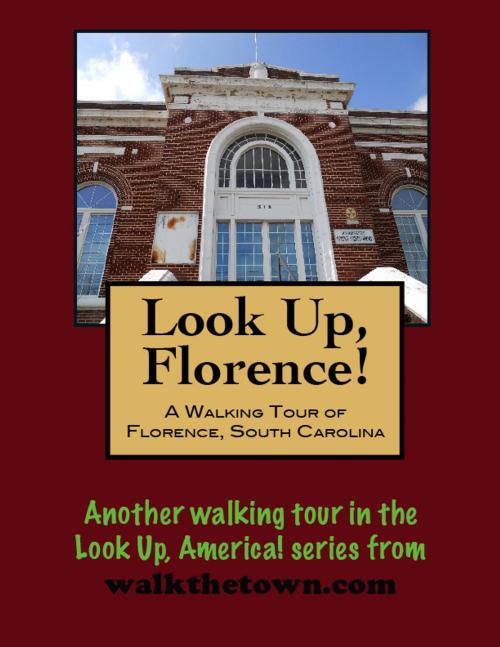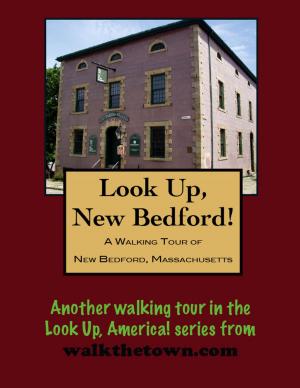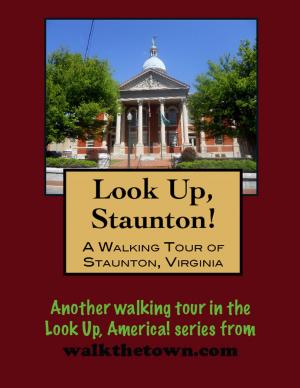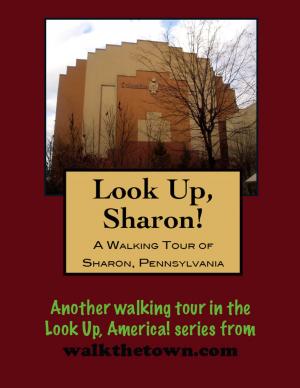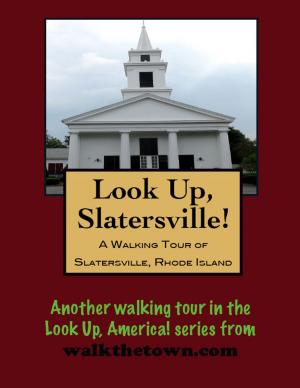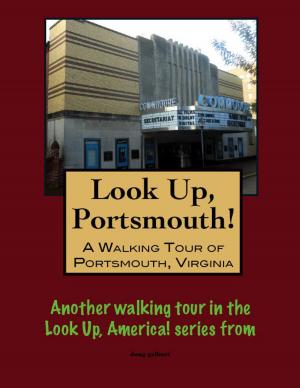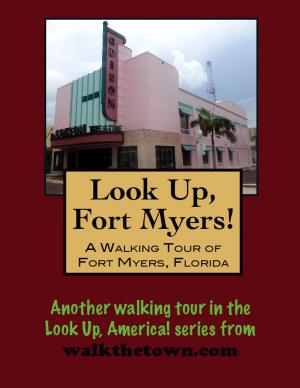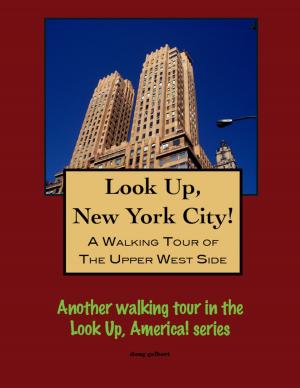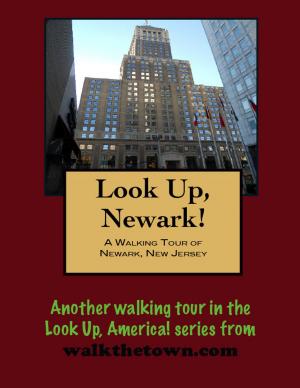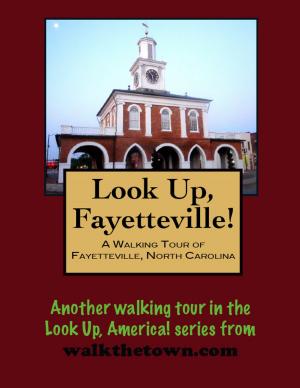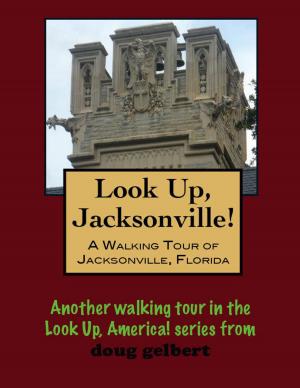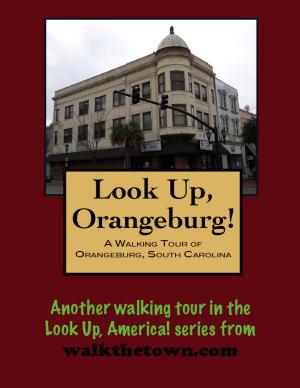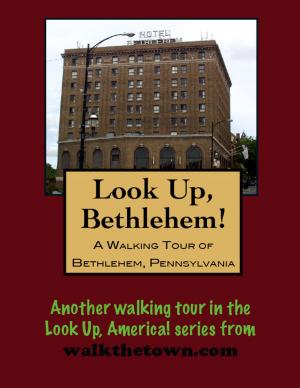| Author: | Doug Gelbert | ISBN: | 9781458096982 |
| Publisher: | Doug Gelbert | Publication: | March 5, 2011 |
| Imprint: | Smashwords Edition | Language: | English |
| Author: | Doug Gelbert |
| ISBN: | 9781458096982 |
| Publisher: | Doug Gelbert |
| Publication: | March 5, 2011 |
| Imprint: | Smashwords Edition |
| Language: | English |
There is no better way to see America than on foot. And there is no better way to appreciate what you are looking at than with a walking tour. This walking tour of Florence, South Carolina is ready to explore when you are. Each walking tour describes historical, architectural landmarks, cultural sites and ecclesiastic touchstones and provides step-by-step directions.
Every tour also includes a quick primer on identifying architectural styles seen on American streets.
Like many towns, the fact that there is a Florence today, is due to decisions made 150 years ago about whether a railroad would be placed here or, maybe, over there. In the 1850s in this area the main town was Mars Bluff and the largest store was owned by Colonel Eli Gregg. Gregg apparently was not overly fond of railroad workers and refused to allow the new Wilmington and Manchester Railroad to build their depot in his neighborhood. The depot instead was placed seven miles to the west in virgin pines. It became an important railroad junction in 1853 when the Northwestern Railroad arrived. A third line, the Cheraw and Darlington, entered and established shops in 1859.
A surveyor, S.J. Solornens was then hired to lay out streets and lots of what now constitute the core of Downtown Florence. Seven streets shown on the plat dated 1858 and 1860 are as follows: Evans, Dargan, and Cheves named for judges; Coit, Irby and McQueen named for notable citizens chiefly from the upper Pee Dee; and, Front Street, which was changed to honor N.B. Baroody. Florence was named after the baby daughter of General William Harllee, head of the Wilmington and Manchester Line, who was instrumental in the town’s development. And Mars Bluff? It remains an unincorporated community best remembered for the dubious distinction of having been inadvertently bombed with a nuclear weapon by the United States Air Force in 1958.
During the Civil War Florence developed into a shipping center and later a hospital town. Three miles south of town a “prison pen” was constructed in September 1864 and eventually held as many as 12,000 Union soldiers. Before the stockade was complete the incoming stream of prisoners was herded into an improvised camp and unsanitary conditions led to an outbreak of typhoid fever. The daily procession of wagons hauling the dead, piled with 100 bodies at a time, overwhelmed local coffinmakers and many corpses were simply wrapped in blankets and buried. The prisoner cemetery became the nucleus of the Florence National Cemetery; a six-acre shrine often referred to as South Carolina’s “Little Arlington.”
Florence experienced continued growth after the Civil War, in large part because of its status as a major regional railroad junction. While the railroad remained the most important economic factor in town, the 1880s represented a shift in mercantile history as the center of trade began to move toward the intersection of Dargan and Evans streets. During the decade of the 1890s the city suffered four devastating fires. For this reason, many of the buildings on Evans and Dargan streets were built after the last major fire in 1899. Dubbed the “Gate City” of the Carolinas, annual railroad passenger traffic climbed in excess of 500,000 and by the 1940s Florence was the largest rail station in South Carolina with 14 passenger and 48 freight trains passing through the city each day.
The hustle and bustle of the railroad days has disappeared and so have some of the key buildings associated with them - the old city hall, the old courthouse. Our walking tour to see what’s left will cover the ground of the original town and begin where the goods first rolled into town along old Front Street...
There is no better way to see America than on foot. And there is no better way to appreciate what you are looking at than with a walking tour. This walking tour of Florence, South Carolina is ready to explore when you are. Each walking tour describes historical, architectural landmarks, cultural sites and ecclesiastic touchstones and provides step-by-step directions.
Every tour also includes a quick primer on identifying architectural styles seen on American streets.
Like many towns, the fact that there is a Florence today, is due to decisions made 150 years ago about whether a railroad would be placed here or, maybe, over there. In the 1850s in this area the main town was Mars Bluff and the largest store was owned by Colonel Eli Gregg. Gregg apparently was not overly fond of railroad workers and refused to allow the new Wilmington and Manchester Railroad to build their depot in his neighborhood. The depot instead was placed seven miles to the west in virgin pines. It became an important railroad junction in 1853 when the Northwestern Railroad arrived. A third line, the Cheraw and Darlington, entered and established shops in 1859.
A surveyor, S.J. Solornens was then hired to lay out streets and lots of what now constitute the core of Downtown Florence. Seven streets shown on the plat dated 1858 and 1860 are as follows: Evans, Dargan, and Cheves named for judges; Coit, Irby and McQueen named for notable citizens chiefly from the upper Pee Dee; and, Front Street, which was changed to honor N.B. Baroody. Florence was named after the baby daughter of General William Harllee, head of the Wilmington and Manchester Line, who was instrumental in the town’s development. And Mars Bluff? It remains an unincorporated community best remembered for the dubious distinction of having been inadvertently bombed with a nuclear weapon by the United States Air Force in 1958.
During the Civil War Florence developed into a shipping center and later a hospital town. Three miles south of town a “prison pen” was constructed in September 1864 and eventually held as many as 12,000 Union soldiers. Before the stockade was complete the incoming stream of prisoners was herded into an improvised camp and unsanitary conditions led to an outbreak of typhoid fever. The daily procession of wagons hauling the dead, piled with 100 bodies at a time, overwhelmed local coffinmakers and many corpses were simply wrapped in blankets and buried. The prisoner cemetery became the nucleus of the Florence National Cemetery; a six-acre shrine often referred to as South Carolina’s “Little Arlington.”
Florence experienced continued growth after the Civil War, in large part because of its status as a major regional railroad junction. While the railroad remained the most important economic factor in town, the 1880s represented a shift in mercantile history as the center of trade began to move toward the intersection of Dargan and Evans streets. During the decade of the 1890s the city suffered four devastating fires. For this reason, many of the buildings on Evans and Dargan streets were built after the last major fire in 1899. Dubbed the “Gate City” of the Carolinas, annual railroad passenger traffic climbed in excess of 500,000 and by the 1940s Florence was the largest rail station in South Carolina with 14 passenger and 48 freight trains passing through the city each day.
The hustle and bustle of the railroad days has disappeared and so have some of the key buildings associated with them - the old city hall, the old courthouse. Our walking tour to see what’s left will cover the ground of the original town and begin where the goods first rolled into town along old Front Street...
